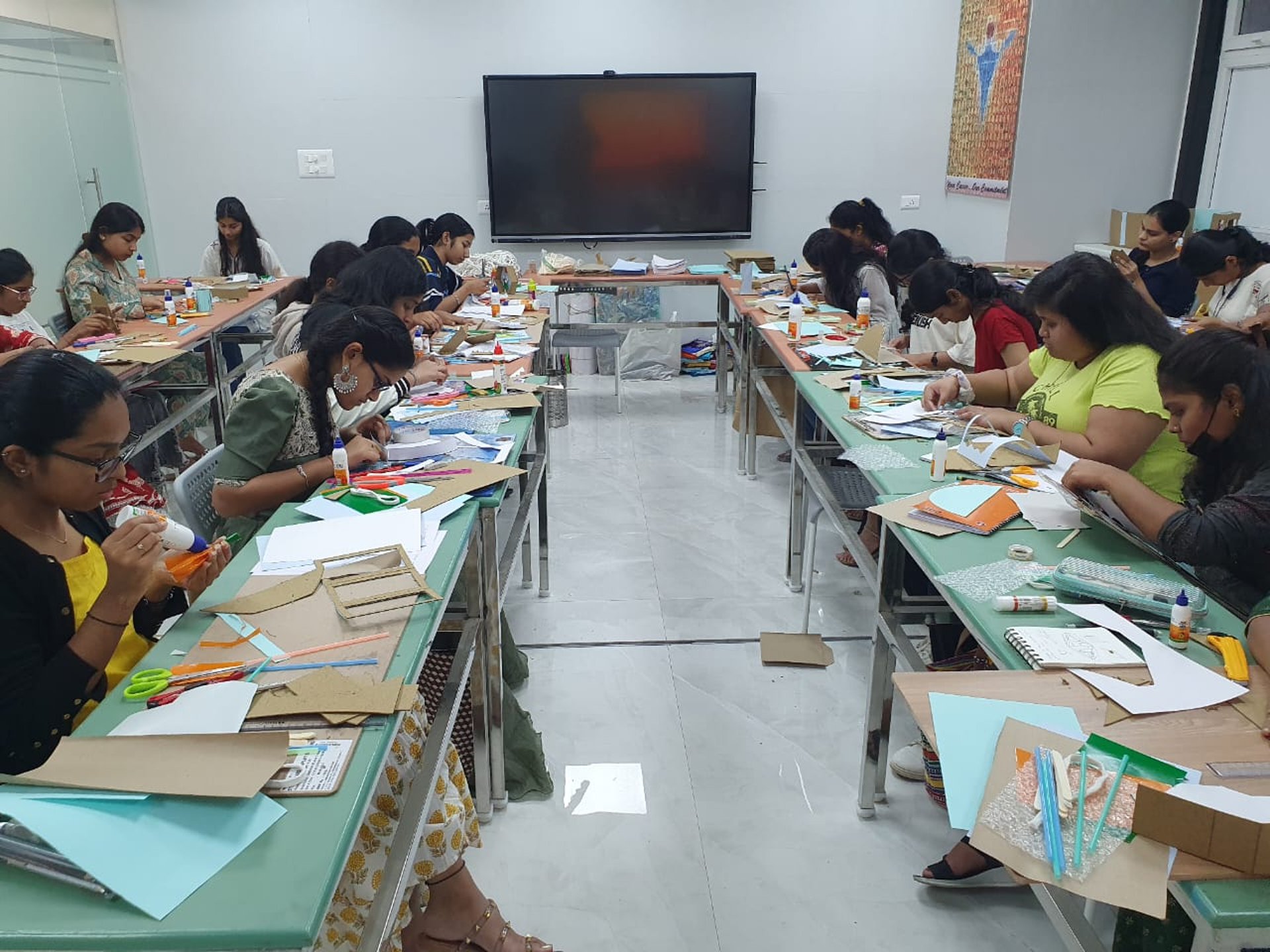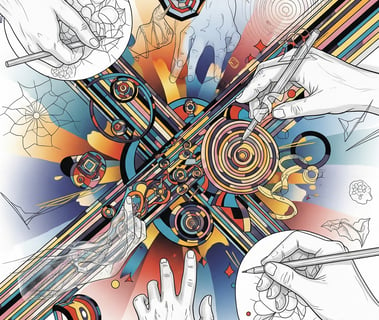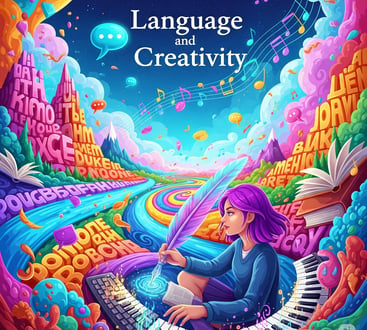
BFA Coaching
Unleash your artistic talent!
What is BFA?


Intensive Skill Development
Dedicated studio time and expert guidance to master a specific art form
Creative Freedom
A space to explore your unique artistic voice and develop critical thinking about aesthetics
A Bachelor of Fine Arts (BFA) is an undergraduate degree program focused on the visual and performing arts. Unlike a B.Des (Bachelor of Design) which is problem-solving and industry-application oriented, a BFA typically emphasizes creative expression, artistic skill development, and theoretical understanding of art forms.
Artistic Foundation
A strong understanding of art history and theory to contextualize your work.
Personal Growth
Develops problem-solving, critical thinking, and discipline.
Diverse Career Paths
Opportunities in fine art, graphic design, animation, photography, illustration, art education, and more in the creative industries.
Why BFA?

BFA Entrance Exams in India
Admission to BFA programs in India can vary significantly by university and college. Many institutions conduct their own entrance exams, while some also accept national-level test scores.
Visual and Spatial Ability
Ability to visualize 2D and 3D forms.Understanding of spatial relationships, rotations, and transformations. Identification of patterns and hidden figures.
Environmental and Social Awareness
General knowledge about art, craft, culture, history, and current events related to design. Awareness of environmental issues, sustainable design practices, and social impact of design.
Ability to analyze information and derive conclusions. Logical deduction, problem-solving, and identifying sequences or relationships. Verbal reasoning and critical thinking.
Analytical and Logical Reasoning
Understanding of design principles (e.g., balance, rhythm, proportion). Aesthetic sensibility and appreciation for good design. Awareness of different design disciplines and their applications.
English comprehension, grammar, and vocabulary. Ability to express ideas clearly and creatively in written form. General creative thinking and innovative approaches to problems.
Design Sensitivity
Language and Creativity
Common Entrance Exams (National/State/University Specific)
CEED (Common Entrance Examination
for Design).
The CEED exam is broadly divided into two parts: Part A (computer-based test) and Part B (offline test). Here's a breakdown of the typical content covered in each section:
Drawing
Sketching objects, people, or scenes with correct proportions, perspective, and rendering. Ability to draw from observation and imagination. Expressing ideas through line, form, and texture
Design Aptitude
Problem identification and ideation. Developing concepts and solutions for design problems. Storyboarding, visual narratives, and sequential drawing. Ability to use color effectively. Understanding of form, function, and aesthetics in design solutions. Creativity and innovation in addressing given scenarios. Written communication to explain design concepts.
CEED Part B (Offline Test)
Frequently asked questions
What is [Your Brand Name]?
[Your Brand Name] is a [brief description of your business or service]. We are passionate about [your mission statement].
How does your product/service work?
We offer a [brief explanation of how your product or service helps your customers]. Our process is [simple/efficient/convenient] and [positive adjective] for you.
How much does it cost?
Our pricing varies depending on [what factors affect your price]. We offer a variety of options to fit your needs and budget. Please visit our [pricing page/contact us] for more information.
Do you offer [specific service inquiry]?
Unfortunately, we don't currently offer [specific service inquiry]. However, we do offer [alternative service] which might be helpful.
How can I contact you?
You can reach us by [phone number/email address/contact form link]. We are always happy to answer your questions.

The coaching helped me excel in my entrance exams for prestigious design colleges. Highly recommend!
Aditi Sharma

I gained confidence and skills for NID and NIFT exams through their excellent coaching methods.
Rahul Verma














